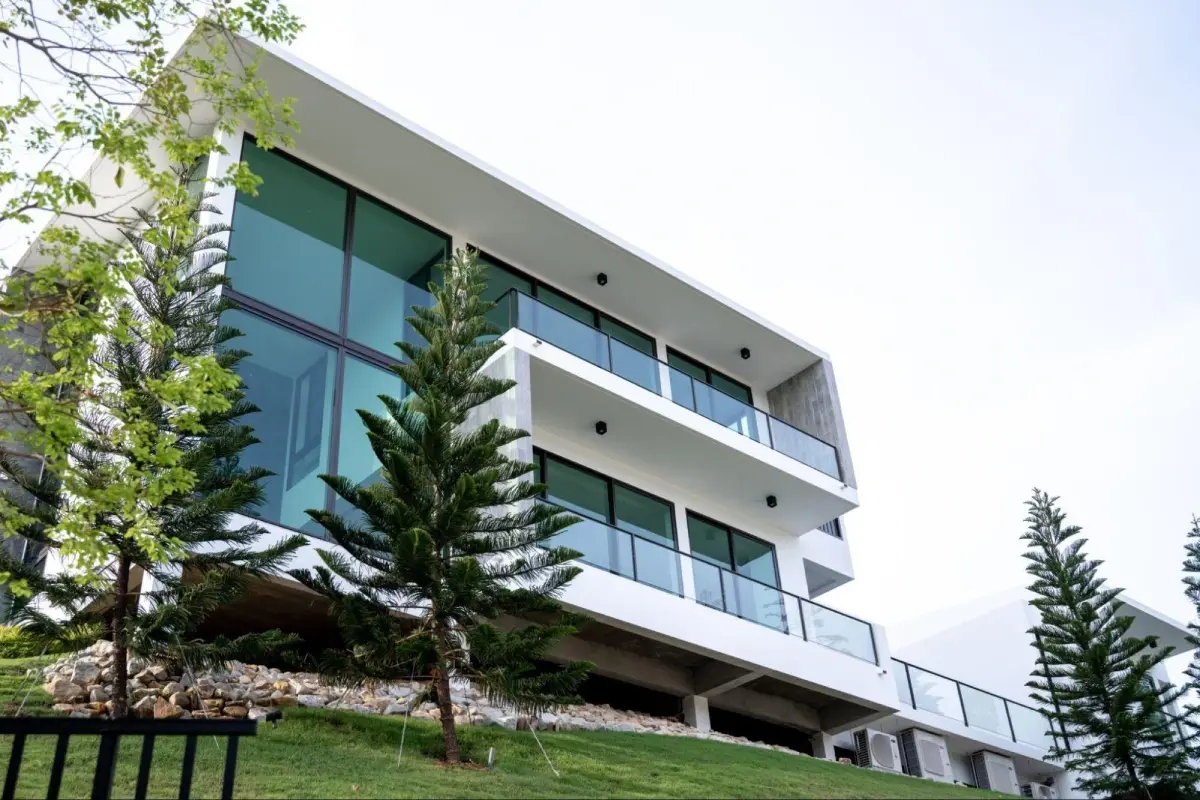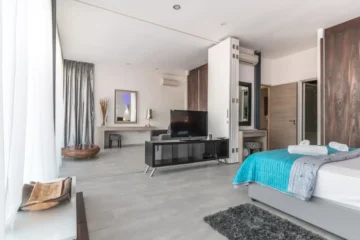Choosing the right windows isn’t just about style; it shapes your home’s comfort, energy efficiency, and long-term value. When it comes to aluminium versus UPVC, the differences go far beyond price tags. Factors like durability, maintenance, design flexibility, and future resale potential all play a role in making the right choice. In this guide, we break down the real costs and benefits, explain how to interpret aluminium window price per sq ft, and show what to expect if you’re planning aluminium sliding windows for your home, so you can make the decision with confidence.
1) What actually drives cost
Material and section size:
Aluminium is a metal. It supports slim profiles and large panes. Bigger spans need thicker sections, which increases cost. UPVC uses plastic reinforced with steel. When the size grows, reinforcement grows, frames get bulkier, and the light area reduces.
Glazing:
Single, double, or triple glazing changes both price and performance. Low-E and laminated glasses cost more but improve thermal comfort and safety. For busy roads, laminated double glazing gives a strong noise cut.
Hardware:
Quality rollers, multi-point locks, and corrosion-resistant fittings matter. Good hardware makes daily use smoother and safer, and it lasts longer.
Finish:
Anodising and advanced coatings extend life, colour, and gloss. Basic powder coating is cheaper upfront but may age faster.
Fabrication method:
Factory-made system windows offer tighter tolerances than site-fabricated units. Better tolerances mean better sealing and smoother operation over the years.
Rule of thumb for quotes:
Ask suppliers to break quotes by frame, glazing, hardware, and installation. This helps you compare apples to apples when you check the aluminium window price per sq ft.
2) Cost today vs cost over time
Upfront:
UPVC often starts cheaper for small standard sizes. Aluminium can cost more per square foot, especially with premium finishes or large spans.
Running costs:
Well-sealed aluminium with thermal breaks and efficient glazing can reduce cooling and heating usage. Savings grow with bigger glass areas and in extreme climates.
Upkeep:
Aluminium needs simple cleaning. Quality-coated surfaces resist stains and UV better than white UPVC, which can discolour over time and may require more frequent deep cleaning.
Service life:
Aluminium frames with durable finishes typically outlast UPVC in Indian weather. Longer life means fewer replacements and less disruption.
Sustainable:
Slim sightlines and large glass panels enhance a home’s appeal. At the same time, brands like TOSTEM’s aluminium windows, made from recyclable materials with durable TEXGUARD coating, offer long-lasting performance and eco-friendly benefits.
Must Read:- French Doors vs Folding Doors
3) Energy efficiency and comfort
Thermal performance:
UPVC has natural insulation. Modern aluminium solves the gap with thermal break technology and high-performance glazing. For most Indian cities, efficient glass selection is the bigger driver of comfort than frame material alone.
Air and water sealing:
Good sealing keeps out dust, hot air, and rain. Both aluminium and UPVC windows work best with continuous gaskets, proper overlaps, and smart drainage design.
Noise control:
Both aluminium and UPVC windows reduce outside noise when properly sealed. Using laminated glass or double-glass panels with different thicknesses works best for city homes..
4) Design freedom and aesthetics
Slim profiles:
Aluminium windows offer slim frames that let in more sky and garden views, making rooms feel brighter and more spacious.
Large spans:
Aluminium allows for larger glass panes in picture windows, corner windows, and balcony doors without bulky frames, creating a sleek, open look. Brands like TOSTEM achieve this with narrow sightlines and slim sashes, allowing expansive views while keeping a modern, clean look. Their pre-engineered, performance-tested designs ensure the windows stay durable, easy to install, and reliable in all weather conditions, making them a practical choice for contemporary homes.
Operation types:
Casement, tilt-turn, top-hung, fixed lights, and especially aluminium sliding windows for wide openings. Sliders on large rollers glide smoothly and save space around furniture.
Colours and textures:
From matte black to warm metallics and wood-effect finishes, aluminium gives a broad palette choice to match floors, curtains, and façades.
5) Maintenance and daily care
Keep aluminium windows looking and working their best by wiping frames and glass with a soft cloth and mild detergent. Clear sliding tracks of grit for smooth operation. Check gaskets and drainage holes each season, and avoid using harsh abrasives. Simple care preserves clarity, sealing, and the effortless slide of large panels.
6) Where each material fits best
Choose aluminium when you want:
- Large panels, corner glazing, and ultra-slim sightlines
- Strong frames for high-rise wind loads and coastal conditions
- Long service life with minimal visual ageing
- Smooth, space-saving aluminium sliding windows for wide balconies and decks
Choose UPVC when you want:
- A smaller window set with a tight budget
- Natural frame insulation for cool-climate rooms
- Simple standard colours and basic sizes
Both can work well if the system is engineered, the glazing is right, and the installation is careful.
Conclusion
UPVC can feel less premium, while aluminium often delivers better long-term value. Its slim frames, abundant daylight, durable finishes, strong sealing, and versatile operation make it a reliable choice, especially for larger windows and balconies. When comparing system quality, glazing, hardware, and warranty, the difference is clear. Look at overall performance and verified specifications rather than just the quoted cost per square foot for aluminium windows.
Disclaimer: The information contained herein is for general informational purposes only. While we endeavour to keep the information up to date and correct, we make no representations or warranties of any kind, express or implied, about the completeness, accuracy, reliability, suitability, or availability with respect to the content or the information, products, services, or related graphics contained herein for any purpose.




